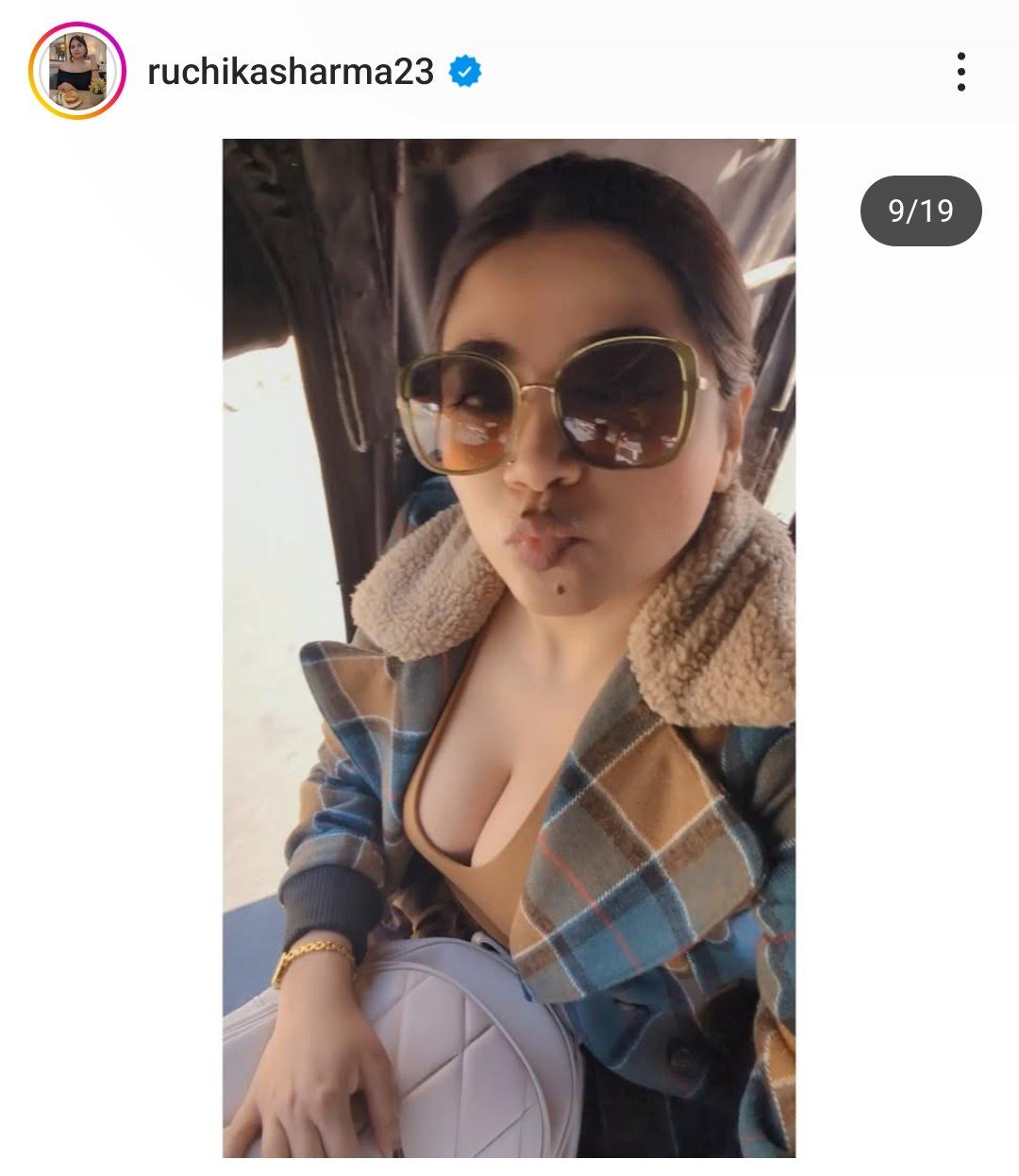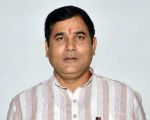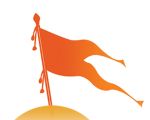@ruchikasharma23
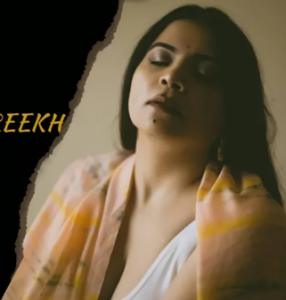
, has undergone a notable transformation from a social media influencer to a figure presenting herself as a historian, sparking debates about her credibility and role in academic discussions. With a significant following on platforms like Instagram and YouTube, Sharma initially gained attention through content focused on history, culture, and heritage, often presented in an accessible, engaging format. Her posts blend visually appealing storytelling with historical narratives, resonating with a young, digitally-savvy audience. However, her shift from influencer to self-proclaimed historian has drawn both admiration and skepticism, particularly in light of criticisms questioning her academic credentials and scholarly rigor.
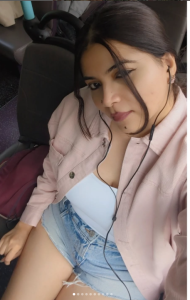
Sharma, reportedly pursuing a Ph.D. in history from Jawaharlal Nehru University (JNU), has leveraged her academic background to position herself as an authority on Indian history. Her content often explores themes like medieval Indian history, challenging mainstream narratives, and critiquing what she terms “WhatsApp history”—popular but unverified historical claims circulated online. Her peer-reviewed paper in the Journal of Archaeological Studies in India and columns in outlets like The Indian Express signal an attempt to establish scholarly legitimacy. Supporters, as seen in posts on X, praise her for delivering sharp, fact-based responses in debates, suggesting she brings fresh perspectives to historical discourse.
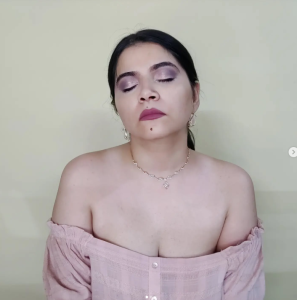
Yet, her detractors, as evident in X posts, question her qualifications, labeling her an influencer influenced by controversial historians like Audrey Truschke, whose work on Indian history has polarized audiences. Critics argue that Sharma’s lack of formal recognition as a historian and her social media-driven approach undermine her credibility in academic settings like debate panels. They point to specific claims, such as her alleged assertion that Nalanda University was destroyed by Hindus rather than Bakhtiyar Khilji, as evidence of revisionist tendencies lacking robust evidence. Others accuse her of parroting narratives that downplay historical traumas, aligning with a particular ideological camp.
Sharma’s “new avatar” reflects a broader trend where digital platforms blur the lines between influencer and expert. Her ability to engage large audiences makes her a potent voice, but it also invites scrutiny over whether her work prioritizes accessibility over academic depth. As she navigates this transition, Sharma’s challenge lies in balancing her influencer appeal with the rigorous demands of historical scholarship, ensuring her contributions are seen as credible rather than performative. Whether she can bridge this gap will determine her place in both academic and public spheres.

